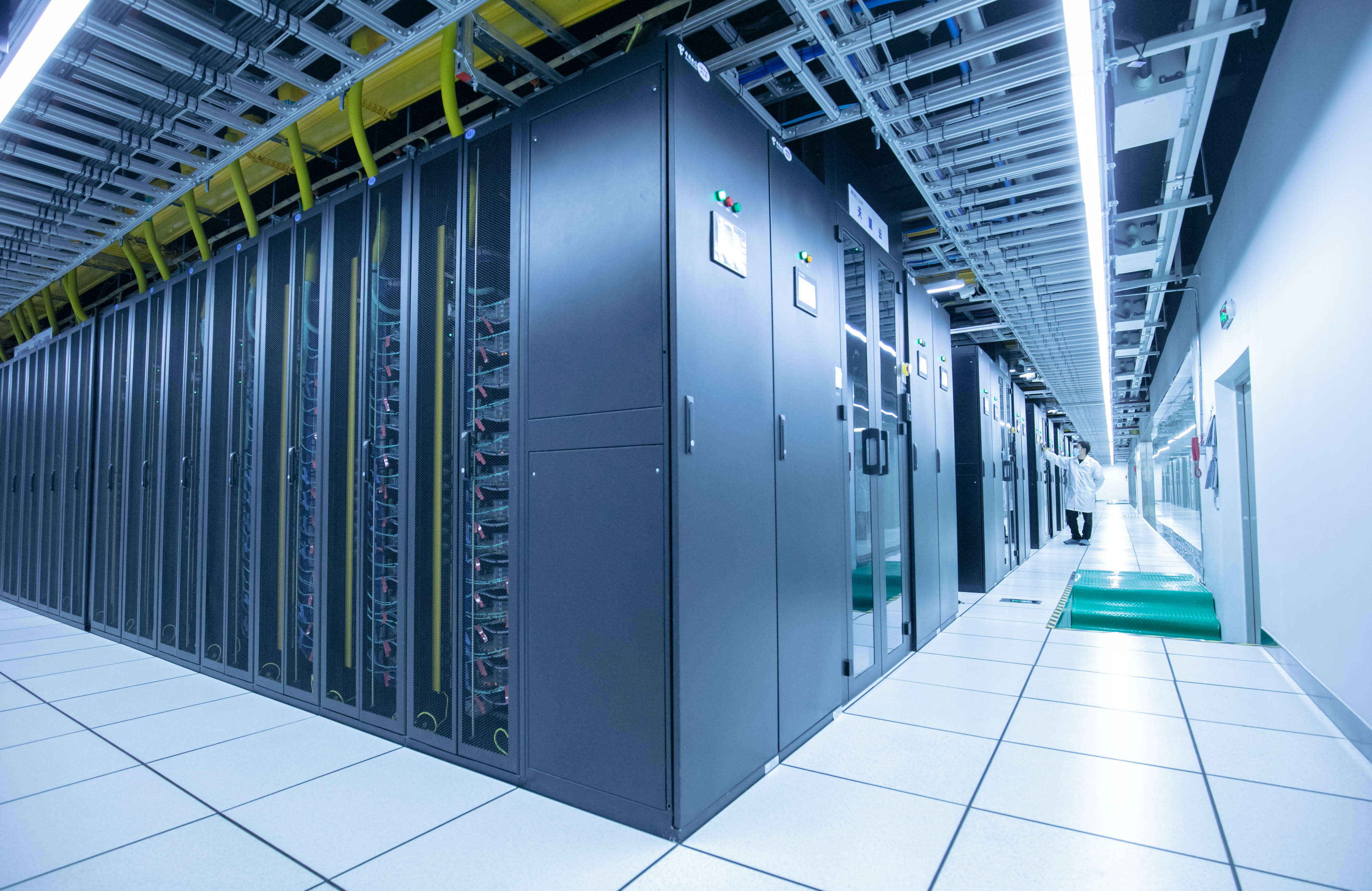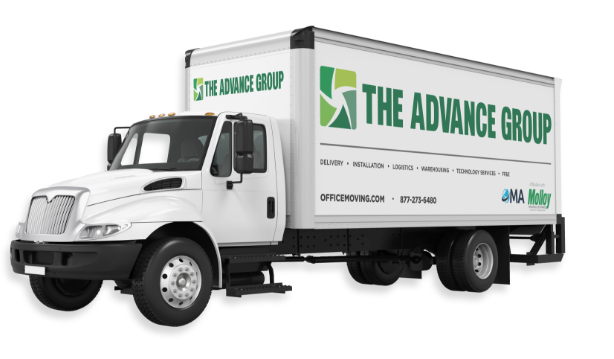Responsibly Decommissioning a Commercial Data Center

As businesses evolve, they often must decommission existing infrastructure, including data centers. Whether due to a technological upgrade, a shift to cloud-based services, or other operational changes such as a Data Center Relocation, the decommissioning process must be handled with keen attention to detail, data security, and environmental considerations. This article discusses best practices for responsibly decommissioning a commercial data center.
1. Assessment and Planning
The first step in decommissioning a data center is thorough assessment and planning. Establish a cross-functional team that includes IT professionals, security experts, and environmental compliance officers. Begin with a detailed inventory of all data center assets, including servers, storage devices, networking equipment, and other hardware.
2. Data Backup and Migration
Ensure that all critical data is securely backed up and migrated to a new location or an alternative platform. This step is critical to prevent data loss. Many businesses opt to move data to cloud-based services such as AWS or Microsoft Azure, which offer scalable and secure storage solutions.
3. Secure Data Erasure
Once data migration is complete, the original data on the decommissioned devices must be securely erased. It is not sufficient to simply delete the files; comprehensive data wiping techniques such as disk shredding, degaussing, or using DoD 5220.22-M compliant software are necessary to ensure no residual data can be recovered.
For more on secure data erasure methods, refer to the NIST Special Publication 800-88.
4. Environmental Considerations
E-waste is an ever-growing concern in our digital age. Properly recycling and disposing of decommissioned equipment is not just environmentally responsible but often legally required. Work with certified e-waste recycling organizations that ensure that components are either reused, recycled, or disposed of in an environmentally friendly manner.
Companies like Sims Recycling Solutions offer certified e-waste recycling services and can assist in responsibly handling decommissioned equipment.
5. Hardware Resale and Donation
If the equipment is still operational and holds value, consider reselling or donating it. Many organizations can benefit from used equipment, provided it meets their needs and functions. Ensure that all sensitive data has been erased per the security protocols mentioned earlier. There are platforms and brokers specializing in refurbishing and reselling IT equipment.
6. Documentation and Reporting
Documenting the decommissioning process is vital. Keep detailed records of all actions taken, including data migration, data erasure, asset disposal, and recycling. This documentation is essential for auditing and can help mitigate future legal or regulatory issues.
7. Update IT Asset Management Systems
Ensure that all decommissioned assets are promptly updated in the company’s IT asset management systems to reflect their new status. This will help maintain record accuracy and assist in future audits or asset management activities.
8. Communication and Coordination
It is essential that all parties involved in the decommissioning process coordinate and communicate effectively with one another. To guarantee that everyone is in agreement and that the process goes without a hitch, regular updates and meetings are necessary.
Decommissioning a commercial data center is a complex process that requires meticulous planning, execution, and attention to detail. By following these best practices, businesses can ensure that their data centers are responsibly and securely decommissioned, minimizing risks and maximizing the reusability and recycling of valuable resources.
If you are moving a data center or need assistance with decommissioning a data center, contact The Advance Group.








